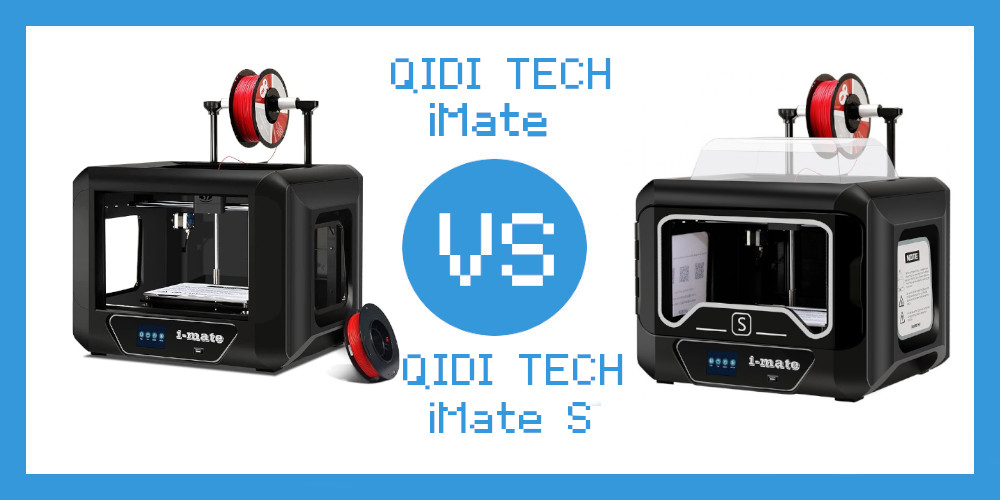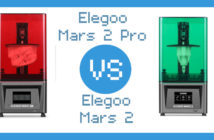If you’re on the market for a 3D printer with a build envelope that’s on the larger side, the fifth generation MakerBot Replicator and the LulzBot TAZ 4 are both likely to have made it onto your short list. And while both of these 3D printers feature large build plates, each one is drastically different, and boasts unique selling features. Let’s take a closer look as we delve right in to this a side-to-side comparison.

Comparing the Basics
Overall Printer Size
With large build volumes come large printers, and these two are certainly not petite. The fifth generation MakerBot Replicator has exterior dimensions of 20.8 x 17.4 x 16.2 inches, and the LulzBot TAZ 4 is even larger with a footprint of 26.8 x 20.5 x 20.3 inches.
Usable Printing Area
What sort of a printing space can you expect from printers this size? The MakerBot’s new Replicator allows for builds as large as 9.9 L x 7.8 W x 5.9 H inches (25.2 L x 19.9 W x 15.0 H cm). With the LulzBot’s TAZ 4 prints can expand to a size of 11.7 L x 10.8 W x 9.8 H inches (29.7 L x 27.4 W x 24.8 H cm).
Build Plate Material
Printing area may be high on your priority list as you hunt for a 3D printer that is best suited to your needs, but another specification that’s just as important and certainly shouldn’t be overlooked is the build plate material. Build plate construction varies from printer to printer—plastics, metals, and glass are all used—and filaments react differently to each material, so this is certainly a point to consider carefully before making any purchase.
The fifth generation Replicator has a glass build plate with an overlay of blue tape, and the TAZ 4 features a heated Borosilicate glass bed with an overlay of polyester (PET) film.

Highest Recommended Resolution
A printer’s resolution capacity will determine how smooth of a finish you will be able to accomplish with a printer. For the fifth generation Replicator, you finest prints are likely to reach a resolution of 100 microns, and with the TAZ 4 you’ll have the option of upping that resolution 25% to a maximum of 75 microns.
Supported Filament Materials
The variety of filaments that have become available for 3D printing is truly amazing, but not all printers are compatible with each material, so before we continue, let’s wrap up this section by taking a look at the materials that these two printer are designed to work with.
The fifth generation MakerBot Replicator is compatible with 1.75 mm PLA filament. This MakerBot model does have a filament chamber that is specifically designed to work with the company’s proprietary large filament spools, so keep this in mind when considering your options.
LulzBot’s TAZ 4 uses 3mm filament and is compatible with PLA, as well as ABS, HIPS, PVA and wood filament.
MakerBot’s 5th Generation Replicator vs. LulzBot’s TAZ 4
There you have it. That’s how MakerBot’s fifth generation Replicator and LulzBot’s TAZ 4 stack up, but this is just the beginning of the story. Makerbot’s Replicator is loaded with technology features and comes with easy to use software, while LulzBot’s TAZ 4 is completely open source, heavy duty, and versatile. Make sure to read our reviews to learn more.



